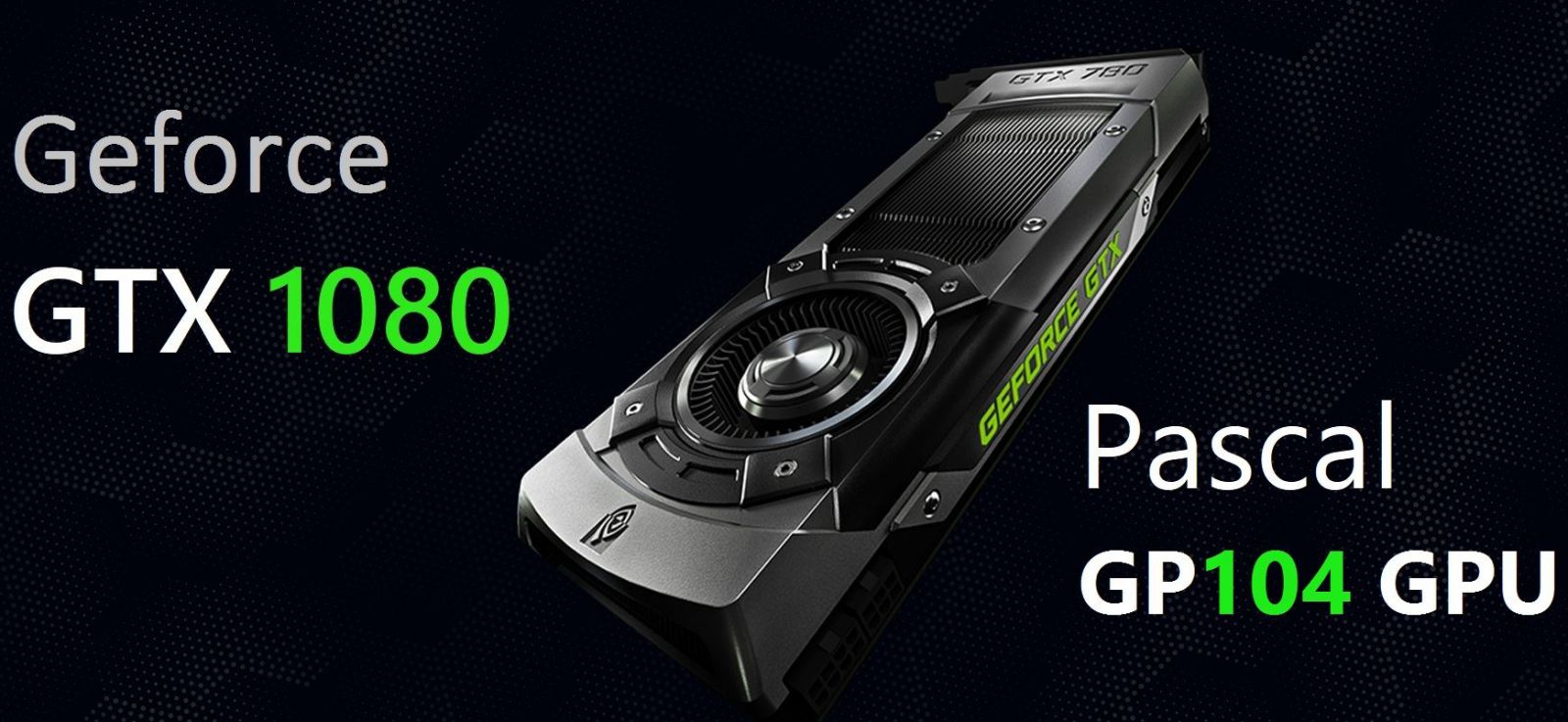Nvidia announces new graphics card
By Digital News Asia May 9, 2016
- At least twice as fast as current generation GPUs
- Software for VR devices and multi-monitor PCs

AFTER a ridiculous number of rumours and a preamble lasting more than two years, Nvidia's next generation graphics card based on the 'Pascal' architecture is finally here - or at least announced in the United States. We suspect it will be several weeks before it finally lands on South East Asian shores.
The new graphics cards announced are the GTX 1080 and GTX 1070. The GTX 1080 will retail for US $599 while the GTX 1070 will retail for US $379. The 1080 launches on May 27th and the 1070 follows on June 10th. Prices and release dates in Asia are not yet known.
The company claims that both cards are significantly faster than its current performance leaders, the GTX Titan X and GTX 980 Ti. Nvidia claims the GTX 1080 is twice as fast as the Titan X in many VR applications and three times as energy efficient.
The jump in performance comes from a new GPU architecture (Pascal) and a smaller 16nm FinFET manufacturing process. The GTX 1080 uses faster Micron GDDR5X memory, while the GTX 1070 will use standard GDDR5 memory. The GTX 1080 will hit around 9 TFLOPS of floating point performance.
.jpg)
Nvidia claims that the new graphics card gets to only 67 degrees at peak performance. The default cooler has also been updated. It is now a metallic shroud with a single cooling fan at the rear. Nvidia's partners like Asus and MSI are certain to have their own custom cooler designs.
The new cooler will be available only on Founders Edition cards bought directly from Nvidia's website.
The company also unveiled new software tools like Ansel which allows you to take in-game screenshots. Unlike a typical screenshot application like FRAPS, Ancel gets directly into the game engine, allowing users to move around a specific scene. You can rotate the image, crop it, and apply filters.
Users can take screenshots at resolutions up to 61,000 pixels wide. You can also take 360-degree screenshots for viewing in VR headsets. Games supporting Ancel at launch include The Division, The Witcher 3, and No Man's Sky.
There were also two virtual reality-related announcements - Nvidia VR Works Audio and Simultaneous Multi-Projection. The former permits game developers to physically model audio as it bounces off of different surfaces, allowing for realistic effects.
Nvidia will be releasing a free collection of mini-games titled The Nvidia VR Funhouse for the HTC Vive. Simultaneous Multi-Projection allows Pascal cards to render 16 independent viewpoints in a single rendering pass. This is useful for removing distortions in a multi-monitor setup.
With Nvidia's announcement, it is shaping up to be an interesting year for gamers and hardware enthusiasts. AMD is scheduled soon to release details of their 'Polaris' GPU architecture.
AMD has already said that Polaris is aimed at the mainstream market and therefore, will not compete directly with Nvidia's Pascal. So it looks likely that the new Pascal graphics cards will retain the performance crown for at least several months.
Related Stories:
Nvidia announces ‘deep learning’ R&D centre in Singapore
NVIDIA opens GPU R&D center in Malaysia with Mimos
First rule of VR: Don’t break the presence!
For more technology news and the latest updates, follow us on Twitter, LinkedIn or Like us on Facebook.


